Mire Lee’s Fountain of Filth
|PHILLIP PYLE
On the occasion of “Open Wound,” Mire Lee’s recently opened installation in the Turbine Hall of the Tate Modern, we revisit our feature with the artist in 032c Issue #45.
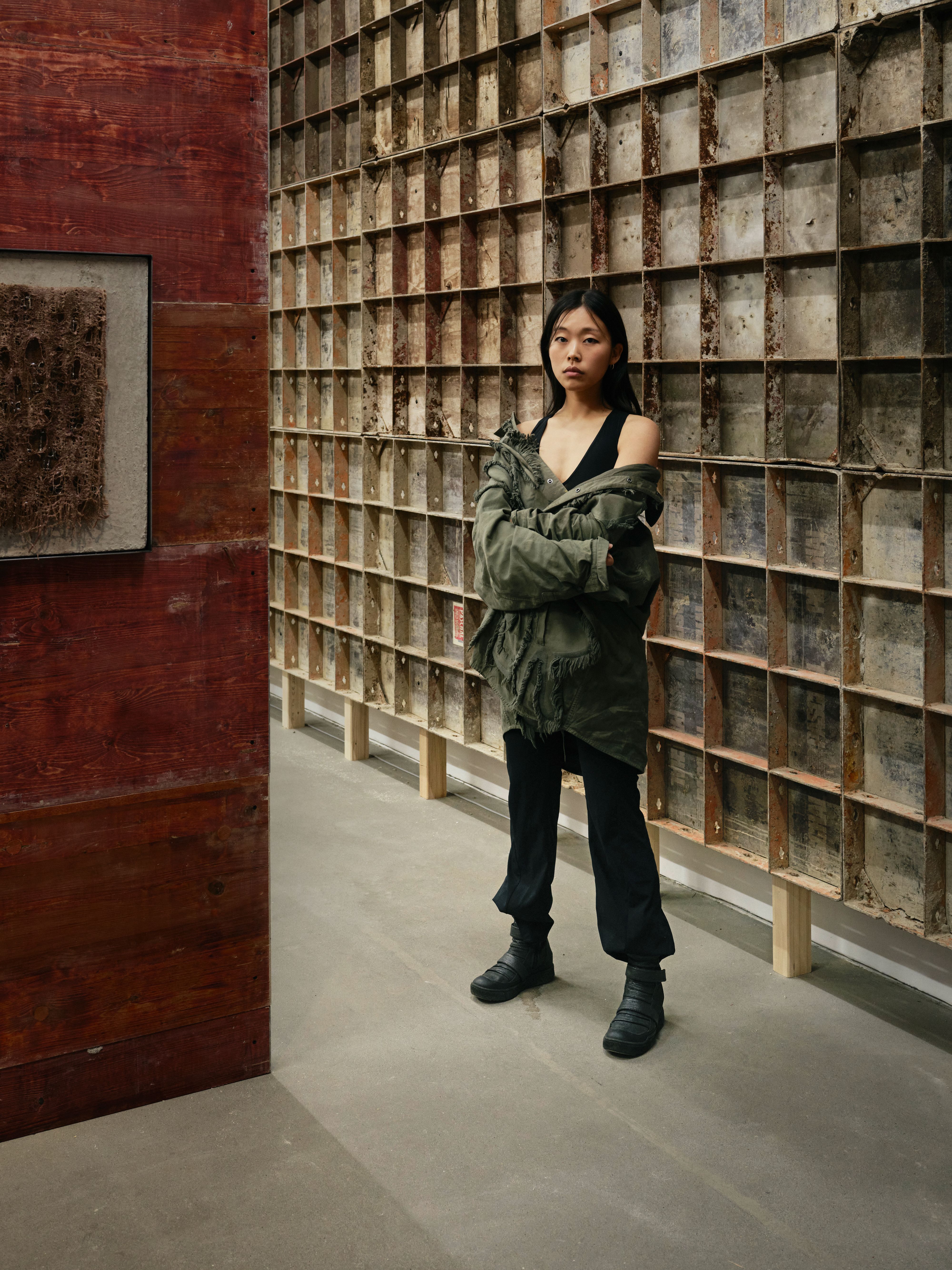
Portrait of the artist by Christian Werner.
Formlessness; ugliness; stupidity. Artist Mire Lee does not make work to satisfy audiences—or even herself. “I’m interested in the notion of impossibility, the notion of limits,” the Korean native says. “And in frustration, because being frustrated is such an intensely human experience.”
Lee, having studied sculpture and media arts at Seoul National University, fuses the “stupidity” of sculpture (as the artist once described the medium in an interview with Frieze) with crudely programmed machinery, resulting in kinetic installations that conjure varying states of biological sentience, excitation, and volatility. These works rotate, drip, and spasm with irregularity, bathe in their own mire, droop with oversaturation, emit sounds both machinic and organically unnerving, and smell not so much fetid as they do unfamiliar. Often working with industrial materials including intentionally weak motors, peristaltic pumps, PVC hoses, scaffolding, steel wire, and chains, Lee has her abject creations pump silicone, glycerin, and various oils through deformed structures. Her work, such as Carriers (2020), a set of hanging sculptures composed of tangled hoses coated in silicone and connected to circulatory pumps, often resembles something between the humanoid creations of H. R. Giger—whom Lee exhibited alongside at Schinkel Pavillon in Berlin in 2021—and the exploded innards of some illegible mammal.

Installation view of Mire Lee, “Black Sun,” New Museum, New York City, 2023. Courtesy the artist and Tina Kim Gallery, New York. Photo: Dario Lasagni.
Lee’s practice examines language, fetish, pornography, and eroticism through this body-horror-adjacent aesthetic, illuminating the lines between abjection and desire, taboo and transgression, and form and formlessness. Her work, in various degrees of liquidness, has been shown at the Venice, Busan, and Lyon biennials and in solo shows at the New Museum in New York and MMK in Frankfurt. She was recently announced as the next Hyundai Commission artist at the Tate Modern in London, where her site-specific installation will open this October inside the colossal Turbine Hall—an achievement that puts her in direct lineage with Louise Bourgeois, the first artist commissioned for that space and one whom Lee has been known to call a “god.”
When I meet Mire Lee in the upstairs gallery at Sprüth Magers in Berlin, she’s wearing a black T-shirt that reads, “Extinction Beckons.” She tells me it is a reference to artist Mike Nelson’s show last fall at Hayward Gallery in London. But it is also a reminder that the specters of destruction and entropy never lurk far behind Lee’s own mucous sculptures and psychologically agitated installations. In her show last fall at the New Museum, “Black Sun” – inspired by Julia Kristeva’s like-named 1987 book on melancholia – Lee’s suite of clay-drenched fabrics and mechanized sculptures of organ-like objects, occasionally punctured by bones and tied in rope, were kept constantly damp through the use of humidifiers. The works evoked a world of slow rotting, deep inside the bowels of the otherwise pristine environment, and suggested that only a thin veil exists between the white cube and the existential threat it attempts to mask.

Installation view of Mire Lee, "Open Wound", Tate Modern, London, 2024, Hyundai Commission. Photo: Oliver Cowling with Lucy Green.
I sit down with Lee, who moved her practice from Amsterdam to Berlin last November, on the Tuesday before the opening of the group show “territory,” including works by Lee, Liu Yujia, Gala Porras-Kim, Tan Jing, and Zhang Ruyi. The upstairs gallery is an extension of Lee’s 2022 solo show at MMK Frankfurt, “Look, I’m a fountain of filth raving mad with love.” This new exhibition features the artist’s signature pock-marked, womb-shaped sculptures (made of concrete or an alchemy of unfired clay, burlap, and wood), five touchable “Prayer” wall works, and construction-yard wood panels and cement mixers repurposed from the Frankfurt show.
As is often the case with Lee, the work gestures obliquely toward a human presence. “I’m interested in the human,” Lee says. “I don’t have the intention to address humanity, but the human is always on my mind when [I’m] creating a work.” Four sculptures—three of which lie in the fetal position on the floor, with another dangling from the ceiling—share the alternative title burlap body piece with many holes, reflecting Lee’s humans as figures somehow there but not there. By contrast, the three cement mixers on view, which rotate sculptural entrails to erratic sound effect when turned on, more blatantly resemble human forms – namely, the mouth and anus.

Installation view of Mire Lee, “Black Sun,” New Museum, New York City, 2023. Courtesy the artist and Tina Kim Gallery, New York. Photo: Dario Lasagni.
Lee says that the anus was the impetus for her show at MMK Frankfurt. Specifically, she says, “The starting point was a picture from hentai,” of what Lee describes as a “scene right after sex of an open asshole and cum flowing out.” This scene, which she screenshot for the moodboard on her artist blog, was inspiring for Lee because of the impossibility it represented for the couple. Framed in the context of reproduction being the ultimate human project and the default goal of sex – something Lee assures me is a social fabrication – the couple in the hentai decides that, because they have anal sex, they ultimately will “never be together.” Lee lingered on the sublime implications of this idea, finding “the impossibility of reproduction somehow larger than our human conception.” For Lee, that couple’s circumvention of reproduction, and later decision to split – in a world where sex is still largely aimed at heterosexual procreation and love is accordingly construed along similar lines – represents something more universally human than reproduction: the frustration that arises from limits, whether self-imposed or externally so.
The anus thus became the key motif of her show, the impossibility (and frustration) it signifies reflected in the hollowed-out forms that populated the show. Her concrete mixers, intestinal webs of PVC tubes, spider-egg-shaped dangling sculptures, and misshapen concrete rings – plastered on walls scribbled with verses by Korean poet Kim Eon Hee in Korean, English, and German – all conjured, if not the anus, at least human orifices in general. In an interview with Frieze, Lee mentioned her intentions to also render her mother, the aforementioned poet, and pornographic actress and scatology practitioner Veronica Moser as “exceptional, divine beings” in the show. I ask her how, apart from Moser, her focus on the anus relates to deifying feminine figures. She responds that she obviously came from her mother’s hole. Orifices represent both a limit (i.e., between inner and outer body) and the breaching of a limit (i.e., penetration) for the artist. They are also connected to vulnerability, but that’s not the main point for Lee, who is interested in opening holes to the point that destruction is no longer possible – because the subject has already been destroyed so many times.

Mire Lee, Endless House: Holes and Drips, 2022. Installation view at the 59th International Art Exhibition, “The Milk of Dreams,” at La Biennale di Venezia. Photo: Sebastiano Pellion di Persano. Courtesy the artist and Tina Kim Gallery, New York.
While showing me the burlap body pieces, Lee says that her fixation with holes first took hold in Venice. Unlike “Look, I’m a fountain of filth raving mad with love,” which greeted viewers with a fecal-inspired pile of concrete because, for Lee, “shit is the ultimate object,” her work for the 59th “Milk of Dreams” Venice Biennale extended her anal preoccupation inside the body, to the tubular forms of the digestive tract. Taking its name from Friedrich Kiesler’s Endless House (1958–59), Endless House: Holes and Drips consisted of a scaffold rigged with ceramics reminiscent of human entrails and bowels. Activated by a motor, pump, and system of tubes that zigzagged throughout the osmotic structure, a blood-red iron oxide glaze continuously oozed out of the intestinal mass, recalling the aftermath of the hook-abetted torture scenes in Hellraiser (1987).
Lee generally practices a bringing of form – be it architectural, technological, or human—down to earth. Sodden mechanical sculptures sag with their own gravitational weight; perennially wet clay morphs from its original shape; and even her dry husks of installations are subjected to the forces of nature or an ideological lowering due to their association with dirt, dust, dehydrated scat, and other material debris. In fact, apart from the anuses, intestines, and other organs she conjures, Lee’s work is often more formless than it is anything else, with each intimation of a discrete form being combatted by an overall tendency toward contingency and ruin.
The elusiveness of form across Lee’s practice reminds me of Georges Bataille’s “l’informe” (“the formless”). Related to the idea of base materialism – Bataille’s proposal for an active, unstable “third term” that disrupts mainstream materialism and its binary system of hierarchy and value—l’informe first appeared in Bataille’s writing in a 1929 issue of the surrealist journal Documents. As with base materialism, which asserts that ideals actually depend on an outside base material that cannot be described as either high or low and that is “external and foreign to ideal human aspirations,” l’informe is about humbling form. He describes it as serving to bring “things down in the world” to the point where even the very concept of form “gets itself squashed everywhere, like a spider or an earthworm.”

Mire Lee, Endless House: Holes and Drips, 2022. Installation view at the 59th International Art Exhibition, “The Milk of Dreams,” at La Biennale di Venezia. Photo: Sebastiano Pellion di Persano. Courtesy the artist and Tina Kim Gallery, New York.
When I bring up l’informe, Lee – who has often mentioned Bataille’s influence on her practice, particularly his book Erotism (1957) – responds with an enthusiastic “The formless!” She tells me that she was recently thinking about it while looking at the archives of “Formless: A User’s Guide,” a 1996 show that Yve-Alain Bois and Rosalind E. Krauss curated at Centre Pompidou that featured Bruce Nauman’s “cast of space” sculptures to exemplify the quality of entropy that characterizes the formless. According to the Tate, the concept of that Paris show was “about destroying categories and knocking art off its metaphorical pedestal so that it sat in the gutter.” Examining Lee’s work makes clear that she, too, is interested in debasement. At times, this aspect comes across in the threat of sexual violence implied by her use of pornography as material; at others, in the ecological ravages suggested by her use of waste materials. Yet this conceptual debasement is matched by Lee’s treatment of form.
It may be hard to envision, given the liquid-spitting, convulsive installations Lee is most known for, but during an earlier period in Lee’s career, her treatment of form was rather kempt. For her installation Andrea, in my mildest dreams (2016), Lee planted four minimalist, plinth-like plaster sculptures in a pool of silicone. A voyeuristic video of women’s faces on the subway, appropriated from a pornographic video, played on a monitor embedded in one of the sculptures, while the milky silicone, pumped from the pool into a plexiglass box overhead, dripped in predictable streams back into the basin below. Even as it dealt explicitly with the psychology of depravity, particularly as it related to the fetishistic position of its audience and the at-risk position of the women on screen, the work nevertheless remained physically removed from the viewer. It approached a clear-cut ethics of pornographic viewership but ultimately shied away from it – a reticence likely informed by liability concerns of the exhibiting Seoul Museum of Art but nevertheless marked by the fluid excess that did not quite have the chance to touch the viewer. However, that changed when that same footage appeared two years later in Andrea, Ophelia, at the endless house (2018) at Amsterdam’s Rijksakademie. Lee, as if wanting to debase the form of debasement already present in the 2016 installation, complemented the video not with the self-contained, relatively clean irrigation system but a writhing, unintelligible wet mass of hoses, towels, chains, and cables that slowly rotated in a glycerin pool which at times spilled directly onto the gallery floor and physically invaded the viewer’s space.

Installation view of Mire Lee, “territory,” Sprüth Magers, Berlin, 2024. Photo: Timo Ohler
The transition to Andrea, Ophelia, at the endless house is also an example of Lee “succumbing to an ugly form,” something she now regularly tries to do within her practice. With clay, for instance, which she sometimes fires but often keeps in a prefired state, she finds that the unpleasantness of not being able to control the end form or aesthetic is counteracted by the possibilities offered by the material’s plasticity. “I want all my works to look surprising to myself,” she explains, “because I’m a little scared to know exactly what it is in the moment.” The desire for surprise also helps explain her love of “stupidity in general,” something that she views positively, even when it is used as an insult. For Lee, stupidity is about degrading or regressing form, technology, and knowledge to make way for the unexpected.
“Stupid” machines, including the dialysis pumps, old motors, and other destined-to-fail mechanisms that she employs in her installations, constitute one way to deliberately allow for surprise to occur. At the 2019 Lyon Biennale, her work Saboteurs, a viscous, tumorous sculpture hanging from an overhead beam, failed just a few hours after install and crashed into the glycerin below, merely because the pump was unable to deal with the work’s size. The form had surrendered to formlessness, the seizing tentacle having shed some of its layers in the fall.
In addition to permitting the accidents, changes, and even failures within her installations that she says she’s grateful for, Lee’s obsession with stupid machines also lends her work a regressive, historically anachronistic quality – one that draws her into conversation with the progenitors of body horror, the late-20th-century genre wherein highly stylized, grotesque violence is meant to provoke the audience’s latent fears of the body’s indifference and inevitable decay. Her animated sculptures, science-fictional in their technologically induced aliveness and antiquated in their clunkiness, resemble the sentient tech found in the films of David Cronenberg. The filmmaker’s Videodrome (1983) began ringing in my head as Lee showed me her “Prayer” works, a series of five concrete tablets covered with Eon Hee verses rendered in a glinting, silvery lead. The verses, one of which reads, “A sentence that spreads open the center of the world with the tip of its tongue,” suggest that the bounds (and ruptures) of language can sometimes be explained only by those of the body – a point doubled upon, and made more monstrous by, the fleshy flap of knotted burlap and resin draped over each poem. Viewers are accordingly welcome to lift the cover, a tactile experience all but bellowing Videodrome’s final line: “Long live the new flesh.”

Mire Lee, Endless House: Holes and Drips, 2022. Installation view at the 59th International Art Exhibition, “The Milk of Dreams,” at La Biennale di Venezia. Photo: Sebastiano Pellion di Persano. Courtesy the artist and Tina Kim Gallery, New York.
When I bring up David Cronenberg, Lee identifies a shared appreciation for agony in both their oeuvres. “I like that all of his male protagonists suffer,” she says, while relating suffering to the tribulations inherent to her medium of choice. “Sculpture needs so much effort, physical movement, and struggle just to make it happen.” Although Lee’s views on stupidity often revolve around this sentimental yearning for naive, unsuitable, or over-labored forms, she explains that it is about knowledge too, or the lack of it. For instance, with Landscape with Many Holes: Skins of Young-do Sea, Lee’s large-scale scaffold installation for the 2022 Busan Biennale, she says that she wanted to respond to the site—the former factory of the shipbuilding corporation Songkang Heavy Industries—in a “stupid way,” that is, by being intentionally unaware. She goes on to explain, “I didn’t research what this company did or the area, so it is more a sensorial impression than anything [else].”
I find ironic her emphasis on not educating herself “too much,” considering that, in addition to being obviously well-read, she seems to have a thought-out allegory for the process behind all her works. With Landscape with Many Holes, for instance, a work ravaged with holes from waste oil, she explains her approach to the site with a gesture (by covering her eyes with her hand) and a metaphor.
She notes that being an artist is like having an open wound – where, at first, when the cut is still fresh, “there’s a moment when you don’t know how deep it is.” However, once you do find out how deep it is, a limit is simultaneously imposed on the imagination. For Lee, such a diagnosis is akin to an artist learning of the impact, or end product, of their practice, both of which often fail to meet expectations. “You’re always hurt by the fact that you cannot change the world with your art,” Lee says. She opts for ignorance as a way to avoid this outcome, choosing “to stay in the stretch of the moment” after the cut is initially made.

Installation view of Mire Lee, "Open Wound", Tate Modern, London, 2024, Hyundai Commission. Photo: Oliver Cowling.
For all the ugliness and stupidity, fetish and violence, scat and bowels that we uncover in our conversation, I suspect that there’s still something else hidden inside the dark kernel of her practice. Her transgressions may be endless, but she says that one limit is still a big issue for her: death. “It is the ultimate thing that is impossible to control,” says Lee. “Even the fact that I’m able to talk about it means that I’m not confronting it—because I would be screaming if I were actually confronting it.” Although Lee holds that “it would be good to do something with death,” the profundity of her work thus far has relied on keeping it at bay. If death were to truly enter her economy—rather than serving as the one taboo she still relatively respects—two things could happen. Either all flux would be immobilized in the face of a person screaming “extinction beckons,” or the entire structure would collapse under its own weight, thus achieving the perpetual formlessness that her work has long reached for.
Credits
- Text: PHILLIP PYLE
- Portrait: CHRISTIAN WERNER
Related Products
Related Content
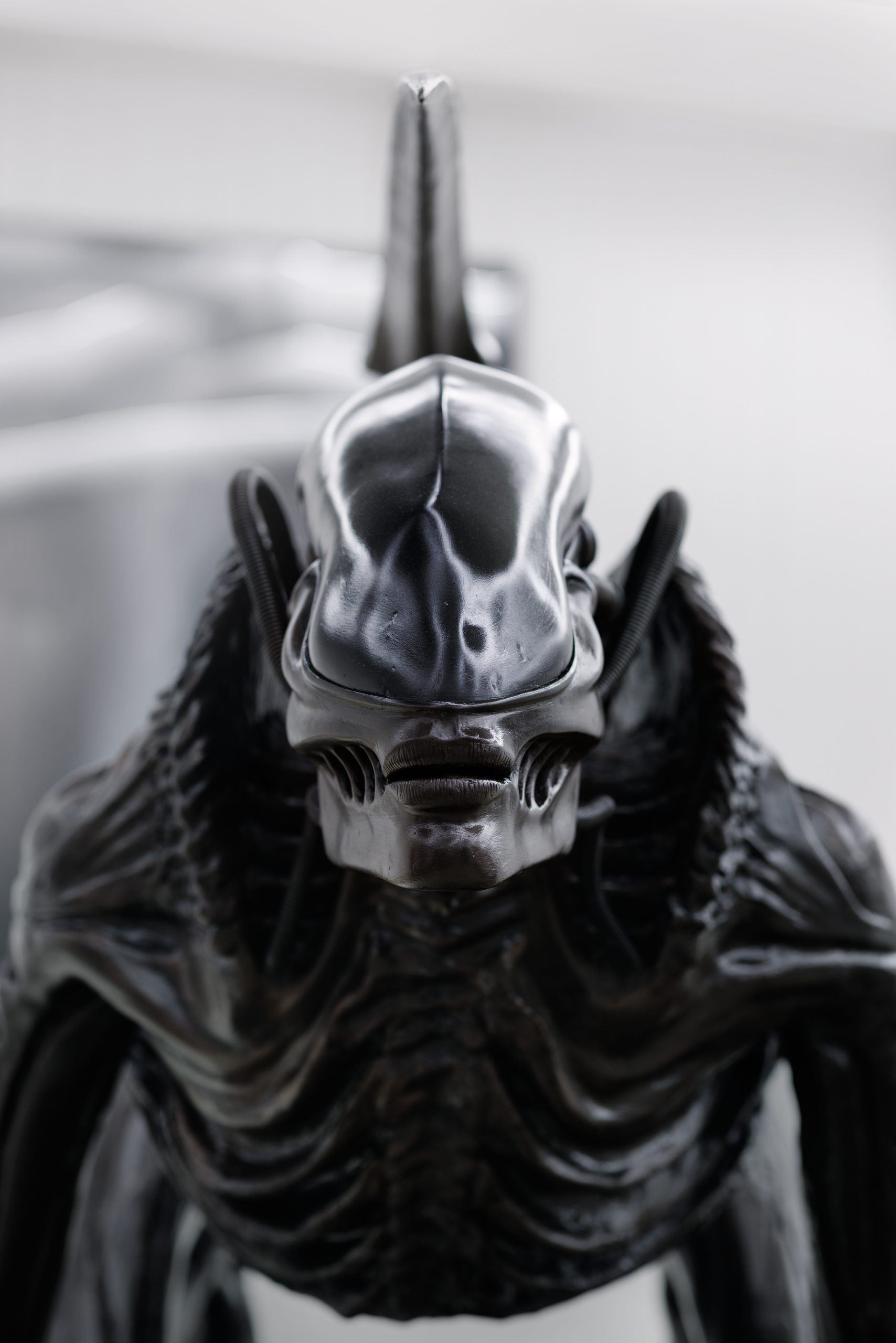
HR GIGER & MIRE LEE: Horror, Slime, and Satanic Eroticism
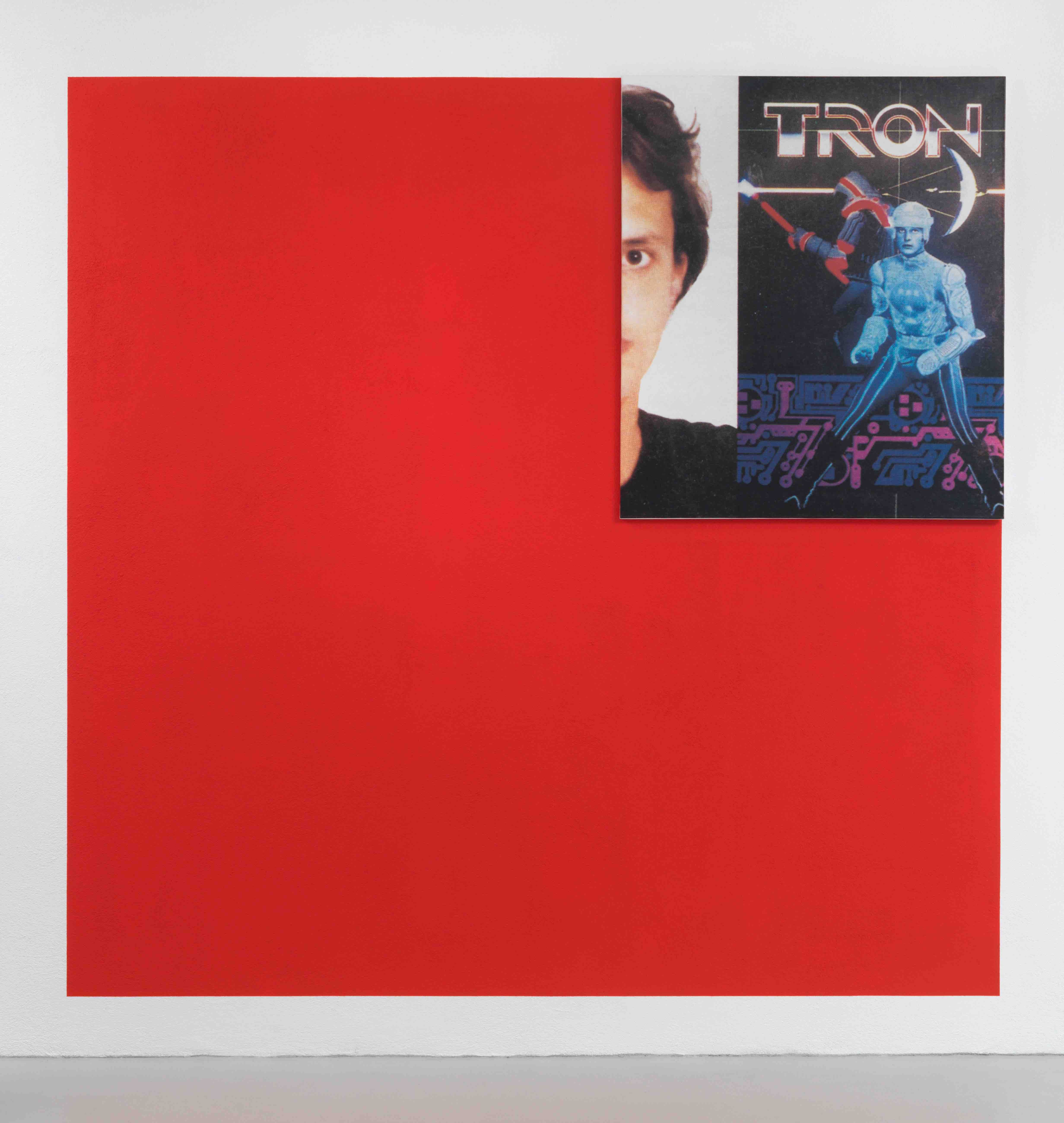
DEAR MICHEL MAJERUS (1967–2002)
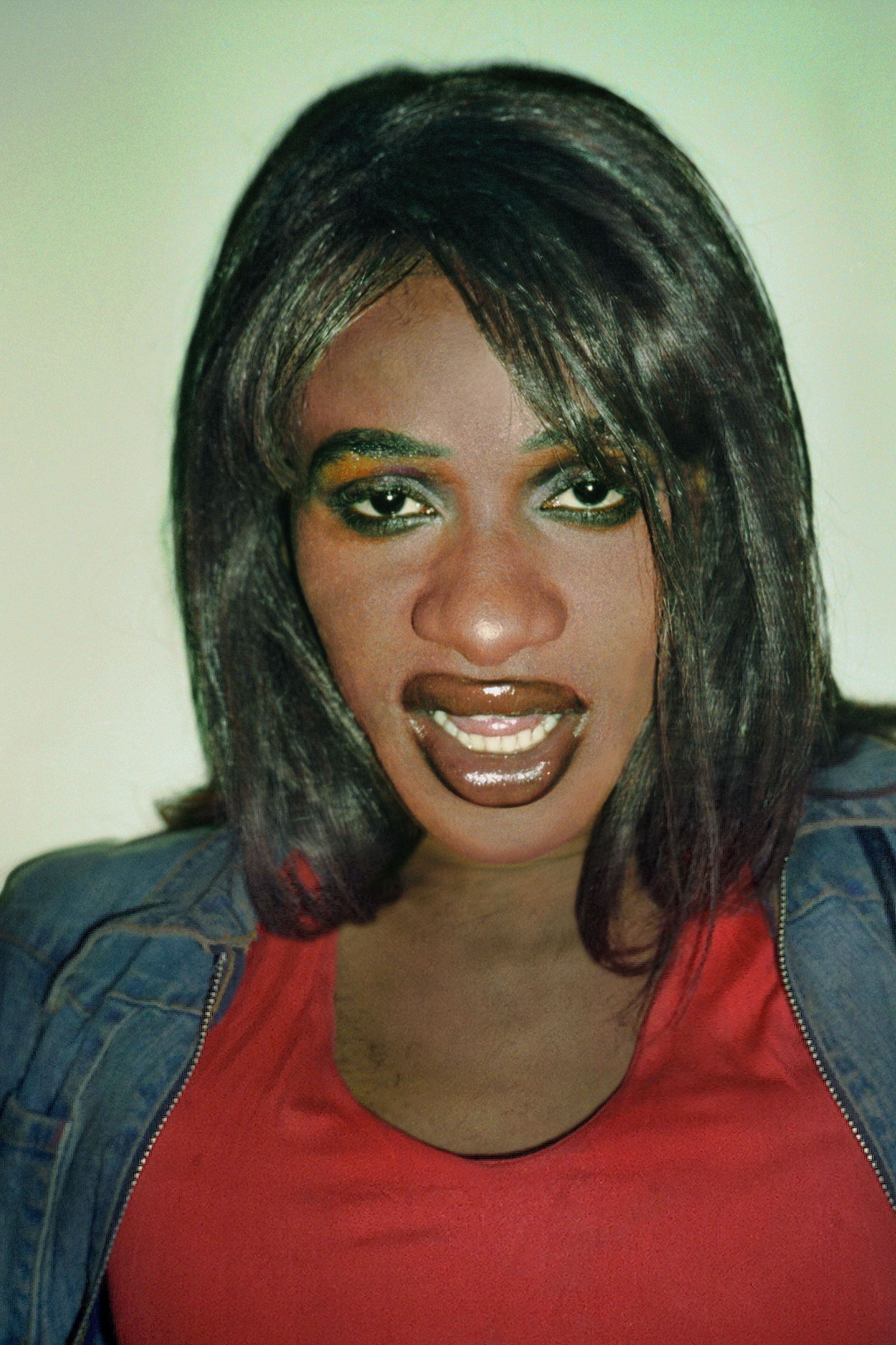
As Long as it Lasts: Ari Versluis
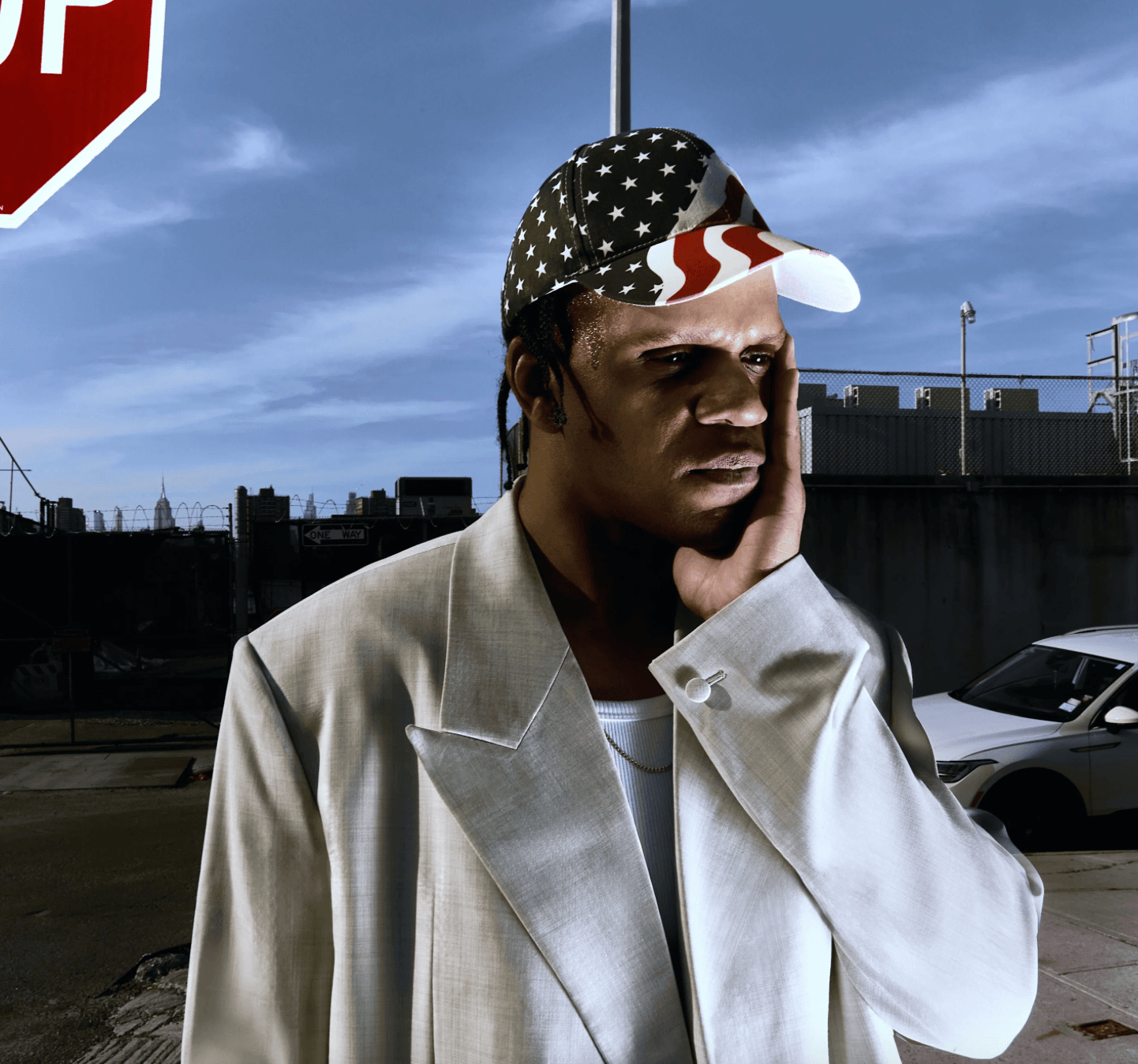
Who Is an American Artist?
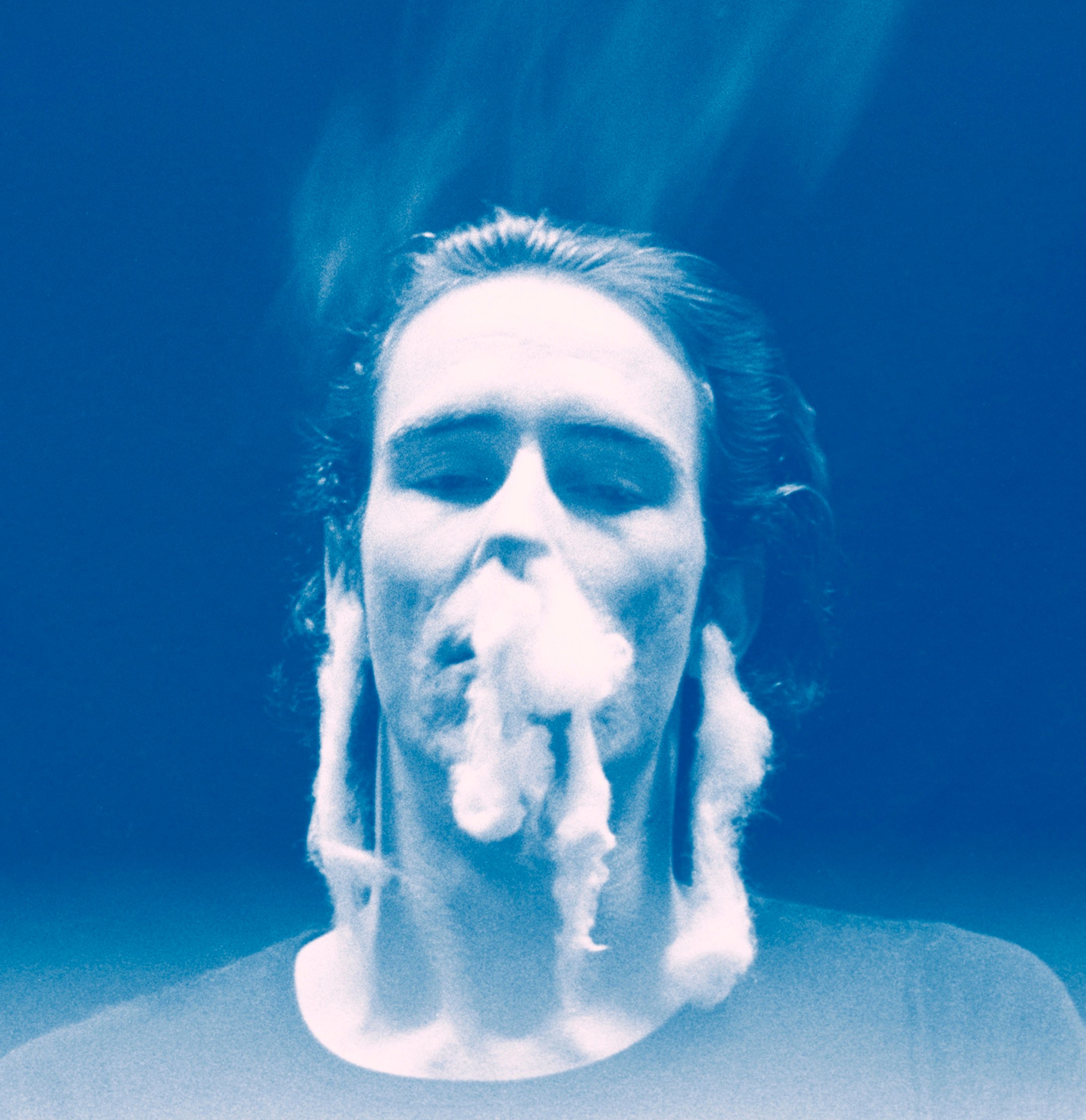
Reinventing Mike Kelley
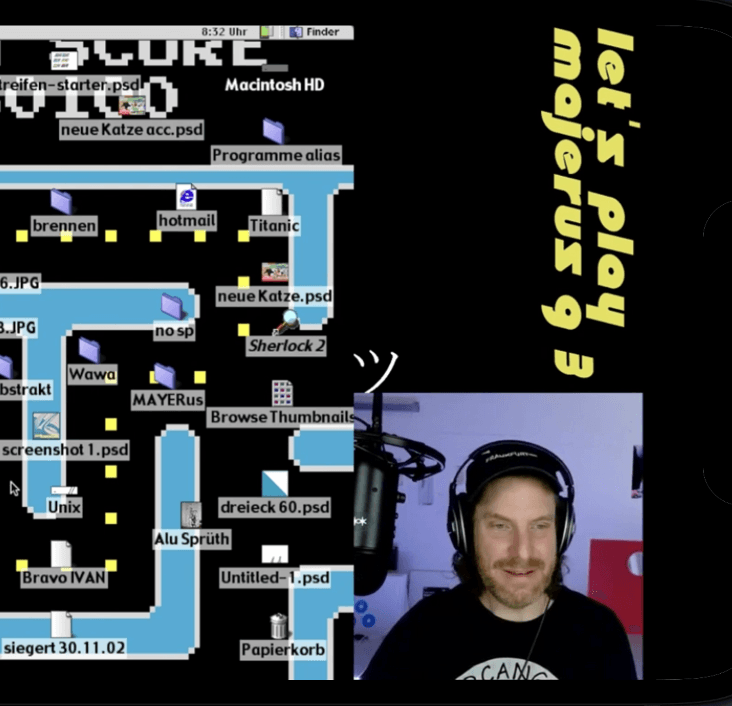
Gross AI Spam with Cory Arcangel
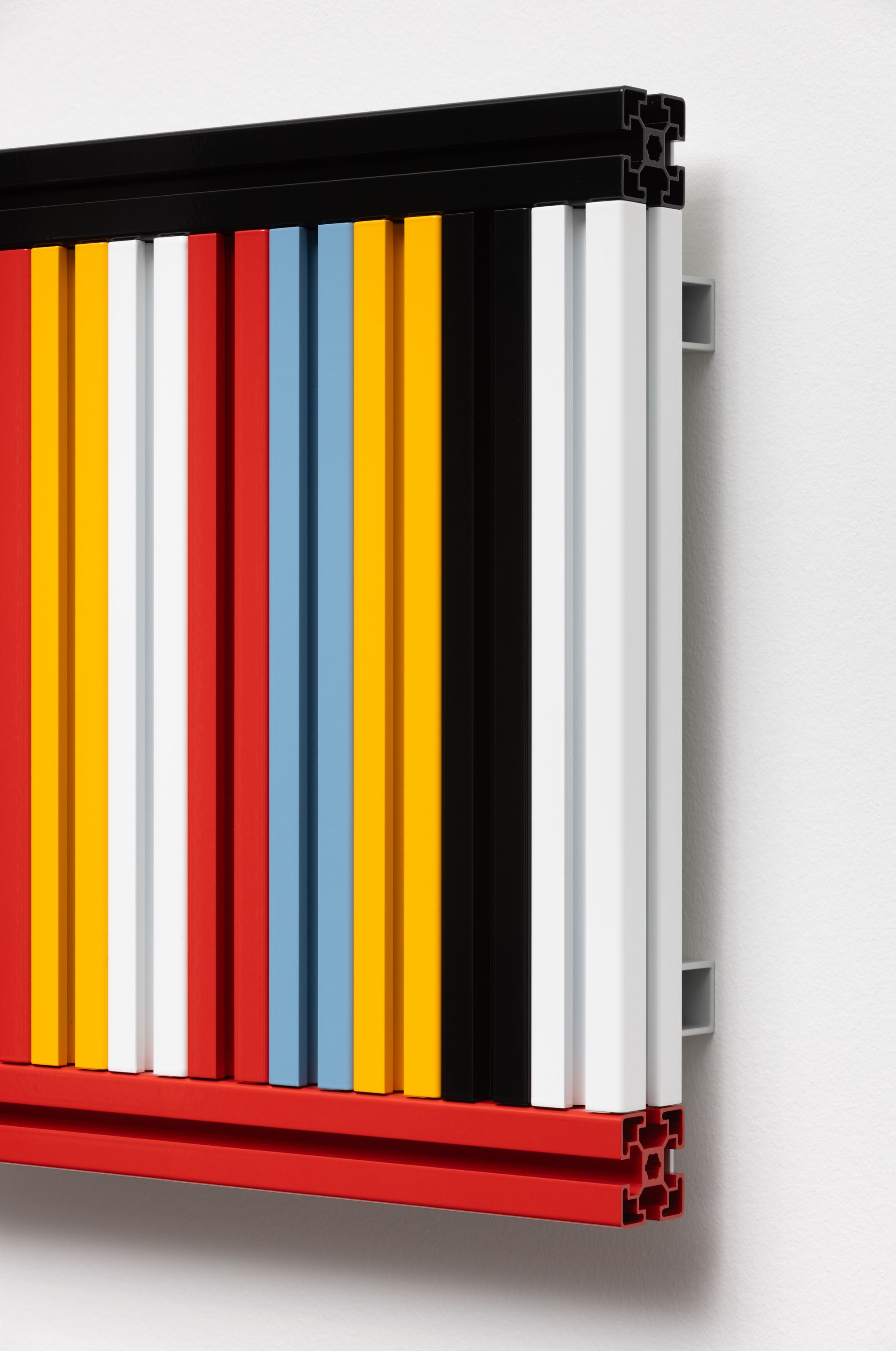
Making Money From Hiding the Truth with Liam Gillick
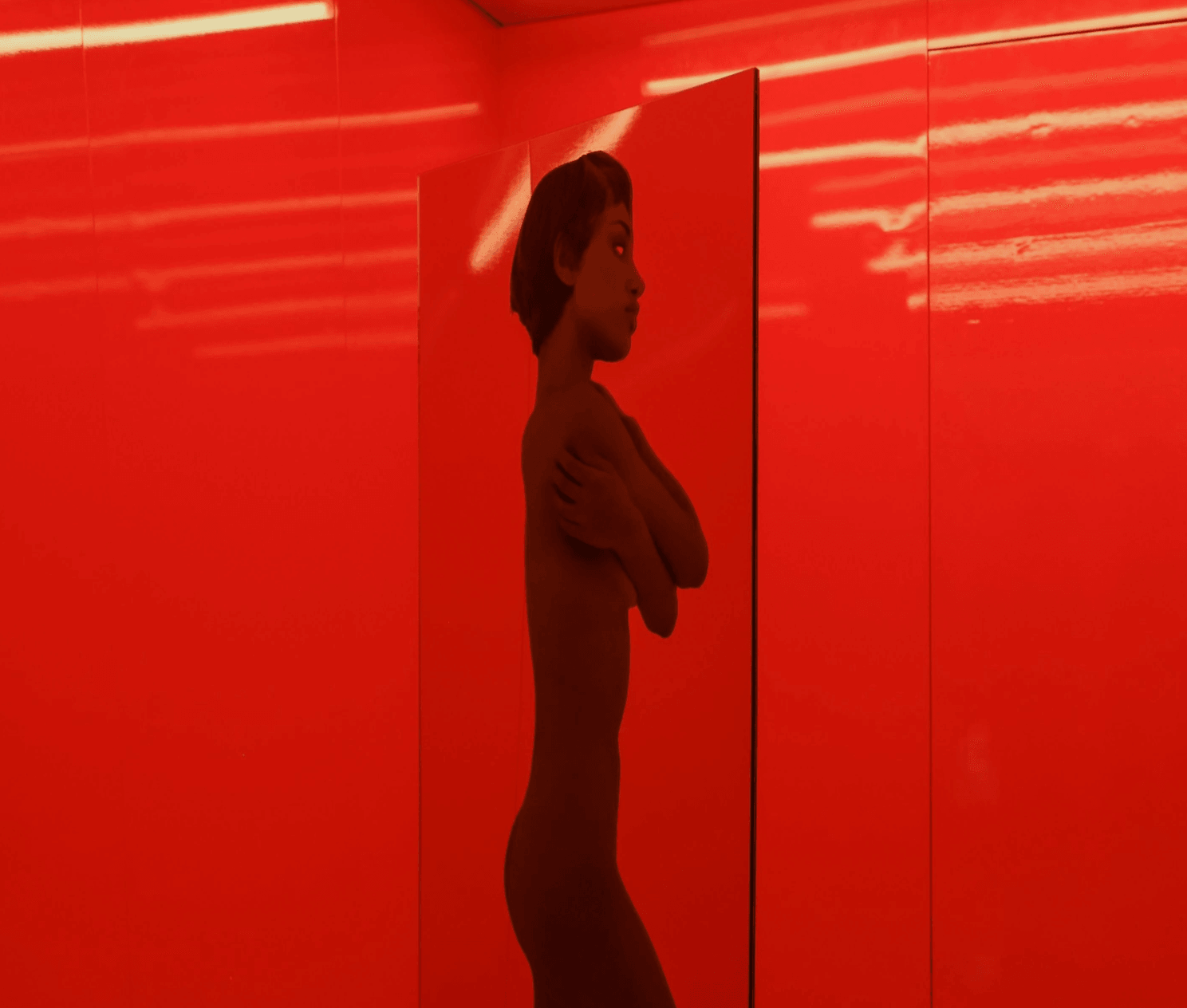
Productive Narcissism
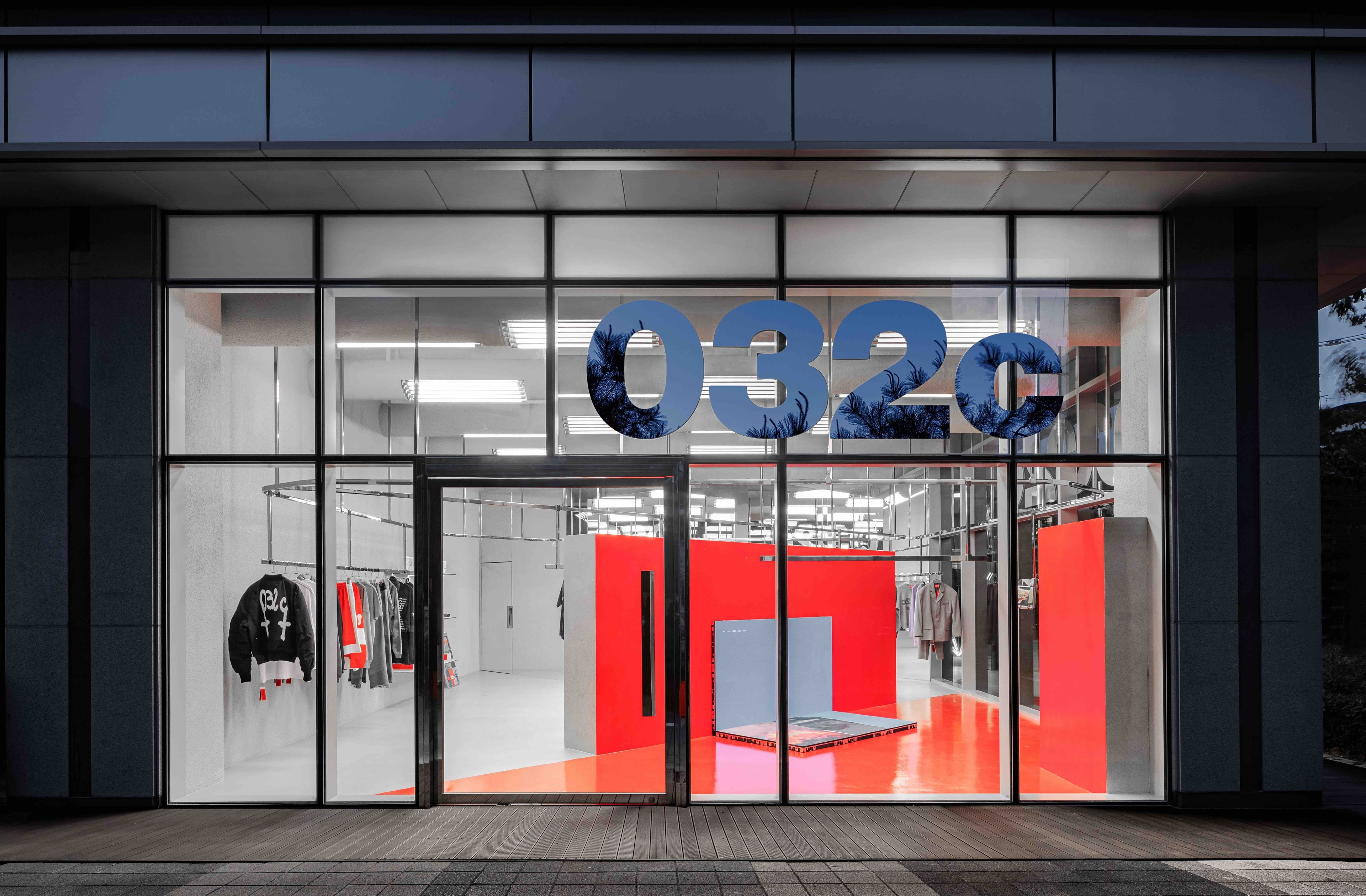
032c Gallery opens in Seoul
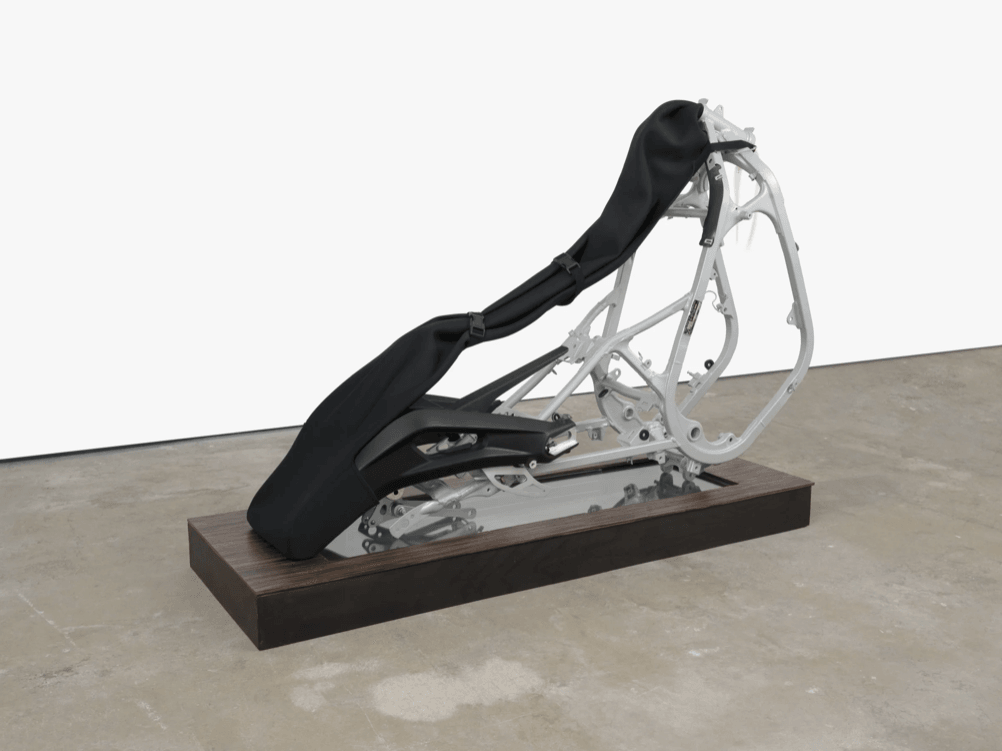
Art World Resorts with Alex Flick
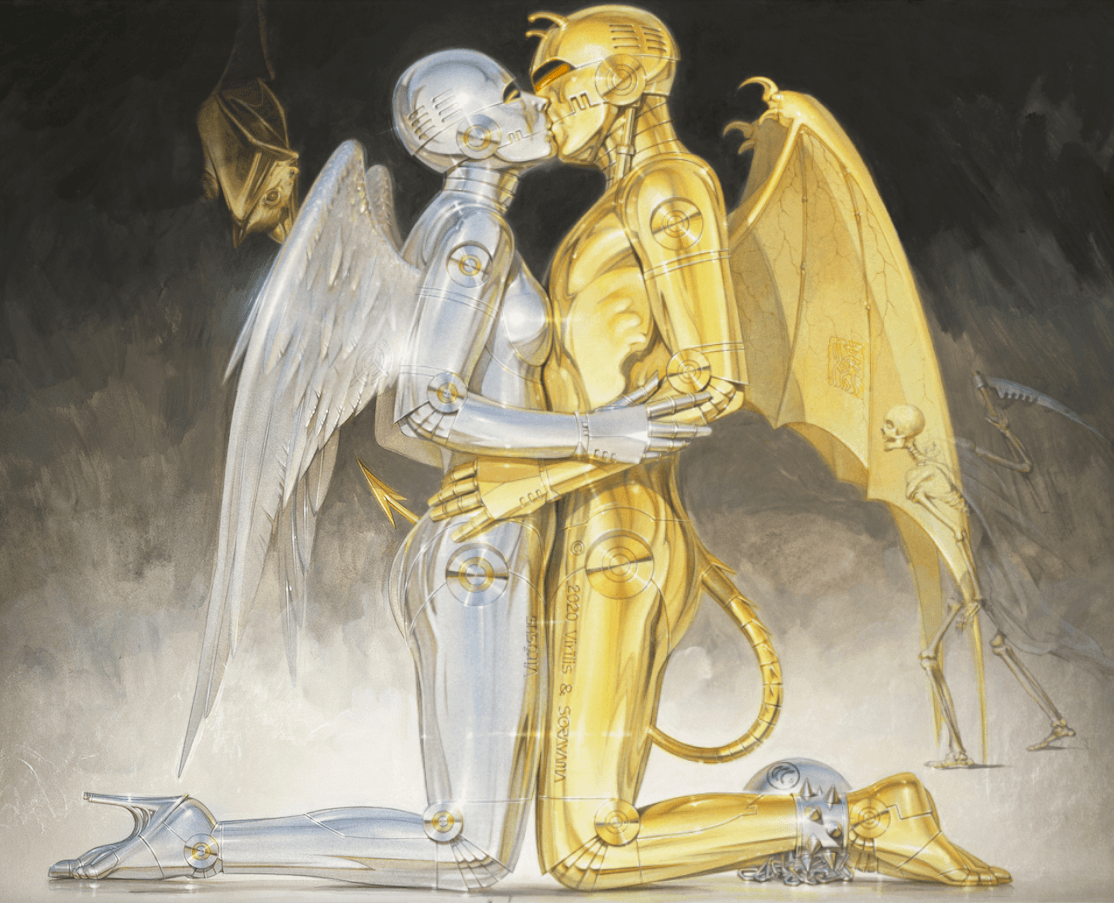
Hajime Sorayama: What I Draw Are Human Beings
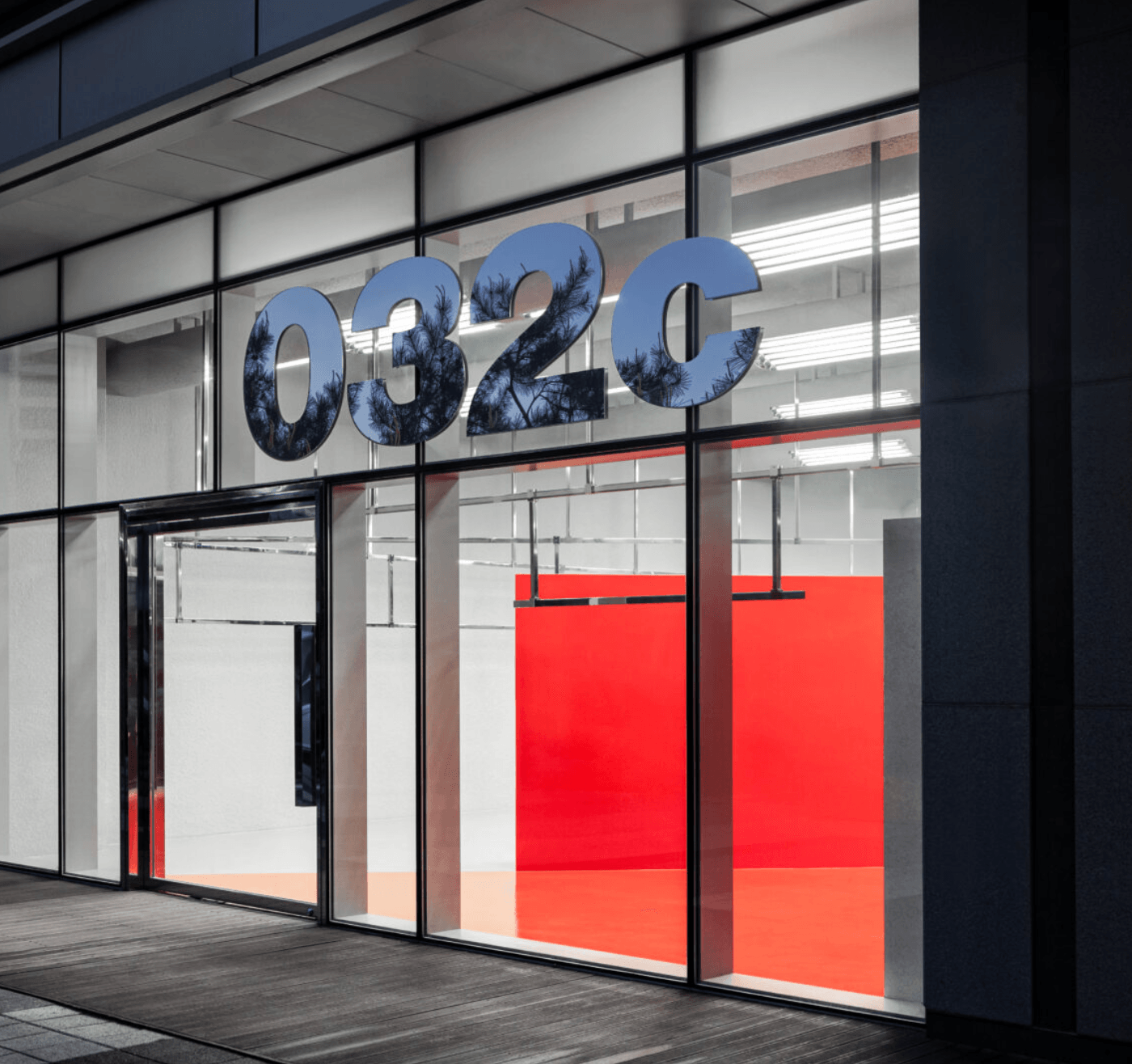
How Does Design Contribute to Human Catastrophes? Gonzalez Haase AAS
